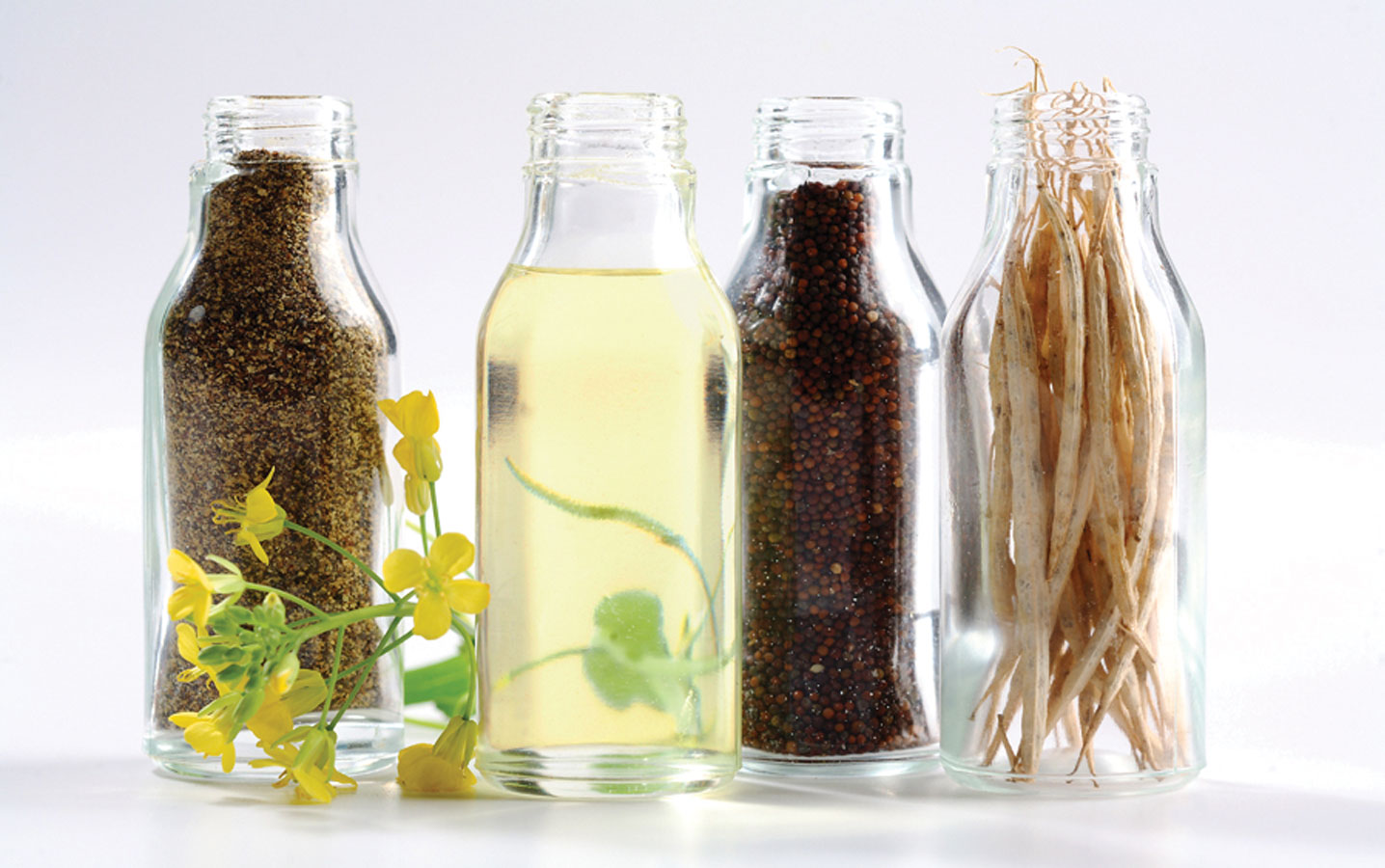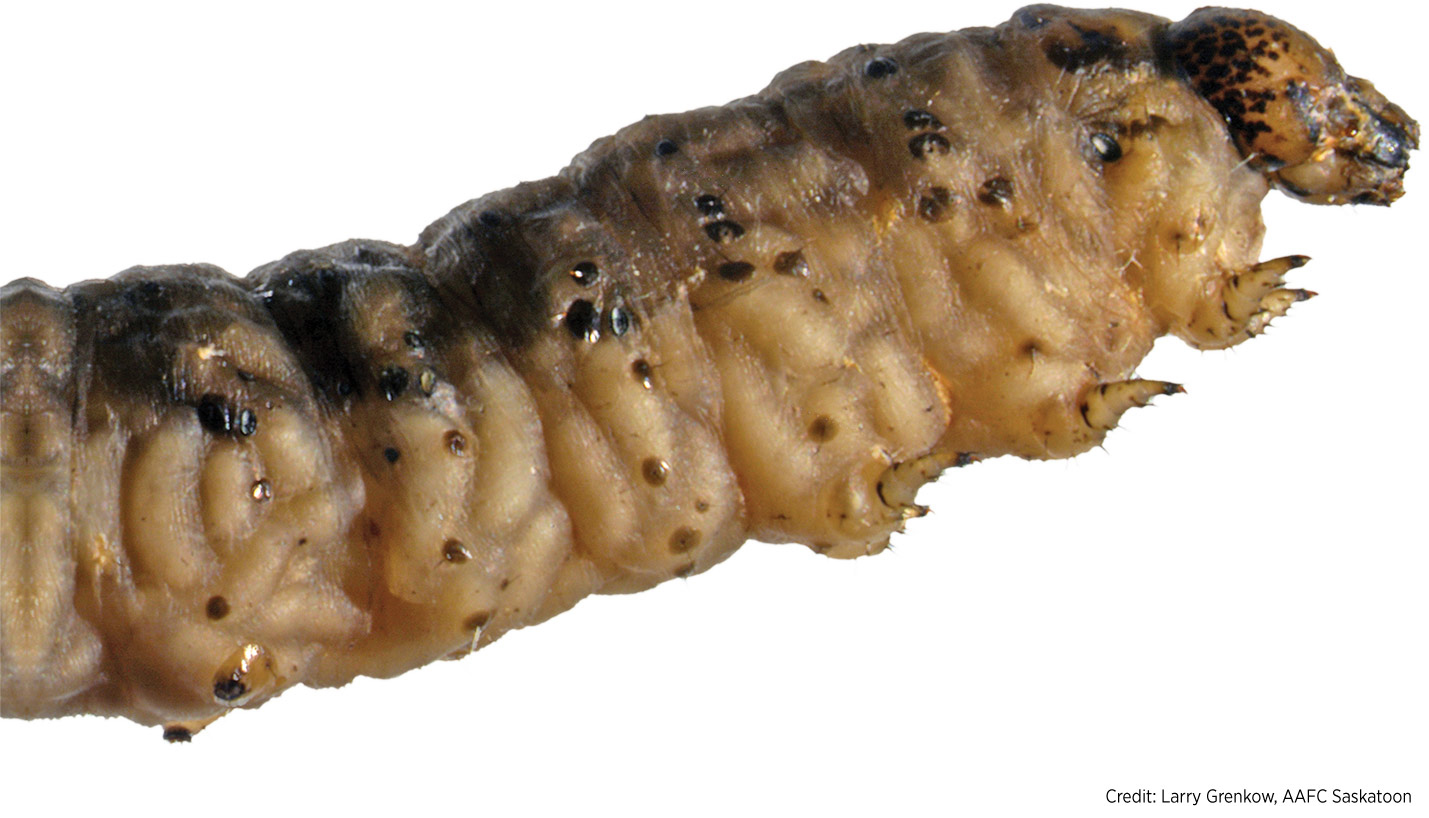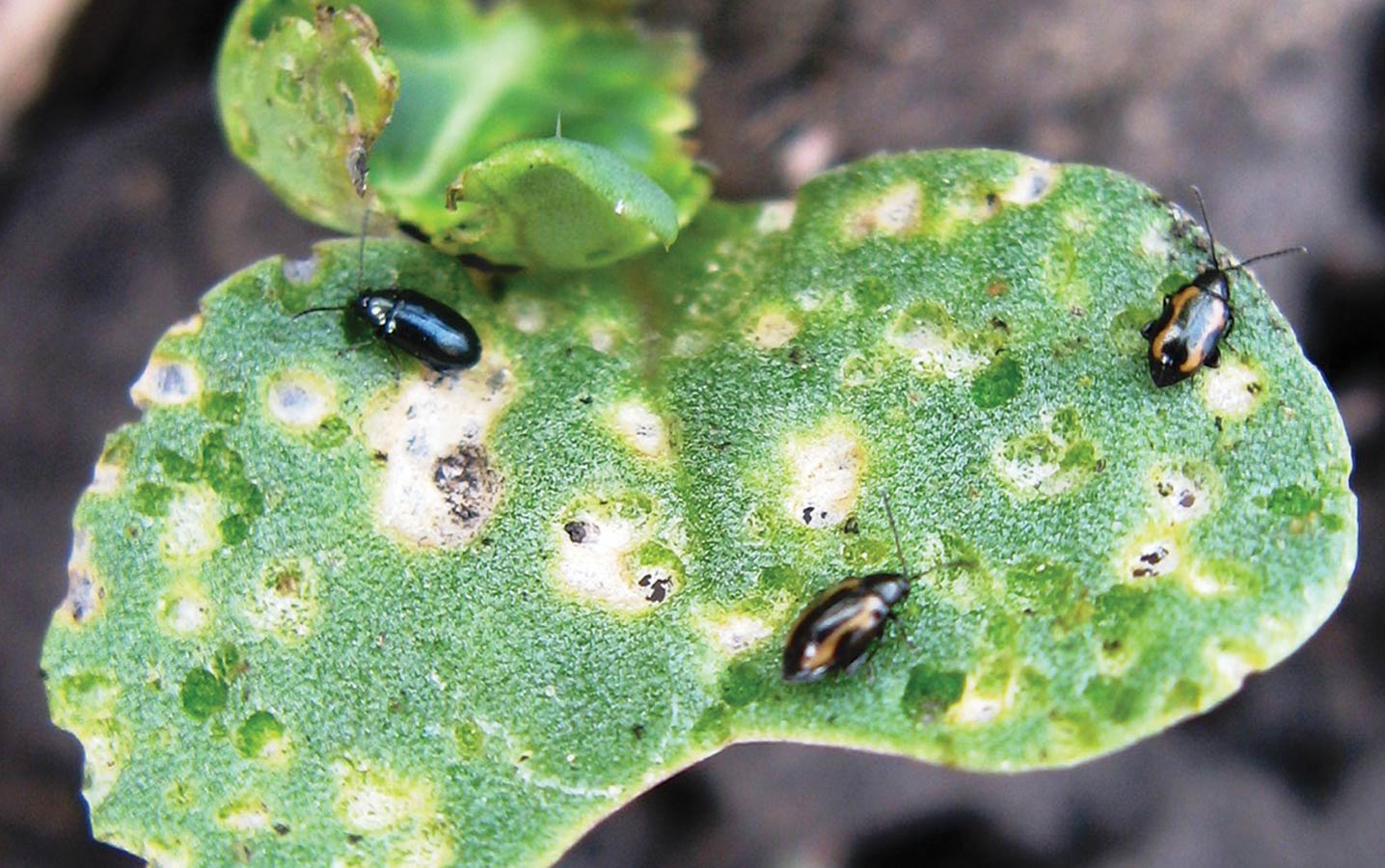

Key Practice: L. maculans, the fungal pathogen that causes blackleg in canola, can produce a mycotoxin called sirodesmin PL, but this study found none of it in Alberta canola samples. Project Title, Lead Researcher: “Evaluation of the toxicity of the secondary metabolites produced by Leptosphaeria maculans,” 2012-14, Xiujie (Susie) Li, Alberta Innovates — Technology Futures...
Read More 
Key practice: The key to minimizing damage from cutworms is early detection through frequent field scouting. Proper identification of cutworm species can be important in the protection of beneficial insects and implementation of other biocontrols. Project title, Lead researcher: “Biocontrol of canola cutworms: Identification and attraction of parasitoids,” 2012-15, Barbara Sharanowski, University of Manitoba Grower organization...
Read More Key practice: Consider early application of fungicide for blackleg management only when disease risk is high due to short crop rotations, erosion of cultivar resistance, or hail damage. Project title, Lead researcher: “Mitigating the risk of blackleg disease of canola using fungicide strategies,” 2011-15, Gary Peng, Agriculture and Agri-Food Canada (AAFC); Dilantha Fernando, University of...
Read More 
Key practice: Crucifer and striped flea beetles react differently to their environment and to seed treatments. It is important to monitor emerging canola seedlings to know what you’re up against. Project title, Lead researcher: “Potential flea beetles species composition shift in Prairie canola,” 2007-12, Juliana Soroka, Agriculture and Agri-Food Canada (AAFC) Saskatoon Grower organization funder:...
Read More







